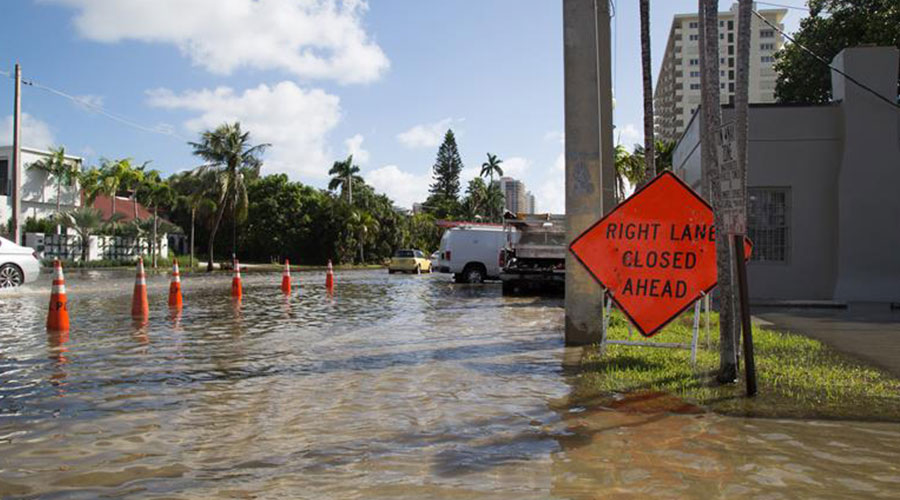Understanding Building Resilience in Area-Wide Context, Planning for the Unexpected
Part 2 of a 3-part article addressing the new urgency of resilience and the need for more prevention and mitigation efforts.
With disaster response planning, building resilience strategies often treat the facility as an island, rather than in an area-wide context. Plans are made basically to protect life long enough to get everyone safely out and harden the facility well enough so there’s something to come back to. But what if there is nowhere to run and things are going to be bad for a while? Recent history suggests the value of planning for the unexpected.
It’s not just weather disasters. Widespread events, such as the August 2003 power grid collapse that left an estimated 50 million people without power in the United States and Canada, can be caused by human actions, both malevolent and mistaken.
"In many places, the default procedure is to evacuate a building in the face of a major event, but the reality is that if there is a major disaster it’s not going to be possible to evacuate a city like New York in a very short period of time," says Alex Wilson, president of the Resilient Design Institute and also founder of BuildingGreen, noting that figuring out where 8 million people could go is no easy feat. "For these reasons, we need to be looking at not just hardening buildings, but providing for passive survivability."
When looking at the shelter-in-place facet of resilience, facility managers should also consider that their facility might be the only habitable structure left and might be pressed into service for the community at large during a significant event. Provisions need to be made to address this more intensive and non-standard use of the facility at a time when resources are already stressed.
With all the pressing everyday issues on a facility manager’s plate, it is very easy to push resilience to the edge. But doing so is like playing a disaster version of Russian roulette. "No place is immune," says Wilson.
There are the risks you expect for your region and the risks you never think about. For example, until a few years ago the deadliest tornado in U.S. history occurred in Wooster, Mass., Wilson says. And in early 2008, Atlanta came within a month of running out of water due to a drought the Southeast was unprepared for. "There are some places where we tend not to focus enough on vulnerabilities that exist, and the Eastern part of the country is a case in point when it comes to drought," says Wilson.
The resources within government to bail out facilities that have been impacted by large-scale events are stretched thin, so it behooves facility managers not to depend on government funds, which may be scarce. There is a rising cost to the lack of resilience in this country, says Rochman. "The insurance industry, government agencies, academics, the business community, have gotten very concerned about the trend," Rochman says. "We have to bend that cost curve. There’s not an unlimited supply of federal dollars, and there’s not an unlimited supply of private sector dollars to deal with increasingly expensive extreme events."
Facility managers can’t prevent the future extreme events that will test their facilities, but they can change their tactics when anticipating such events. "You can stand up and say we’re not going to keep putting brittle buildings back together in the same old places in the same old ways and expecting a different result next time," Rochman says. The national approach to resilience and disasters has to change, she says. "Largely it’s been response and recovery as opposed to prevention, mitigation, and providing self-defense systems for our homes and commercial structures."
Related Topics:














